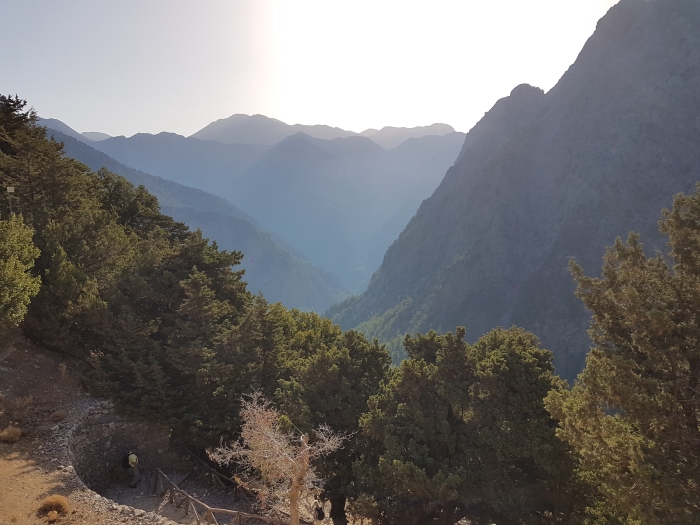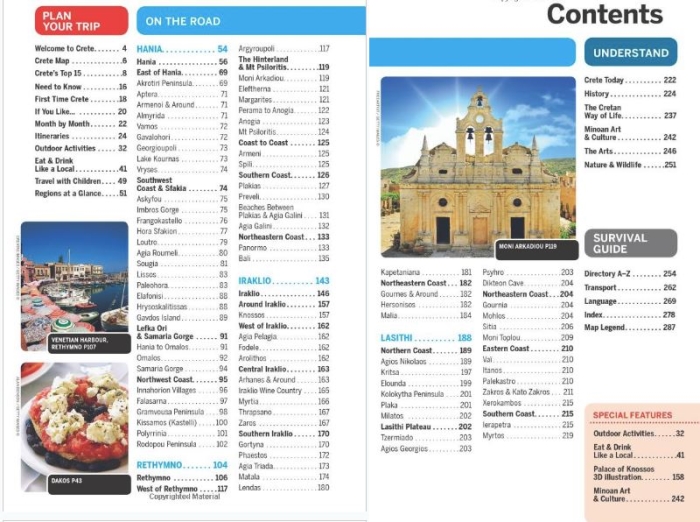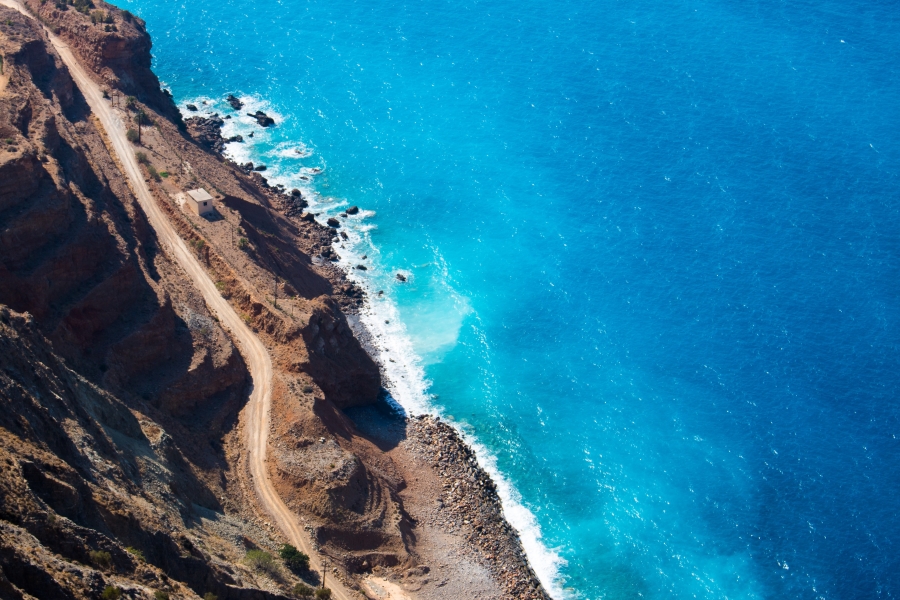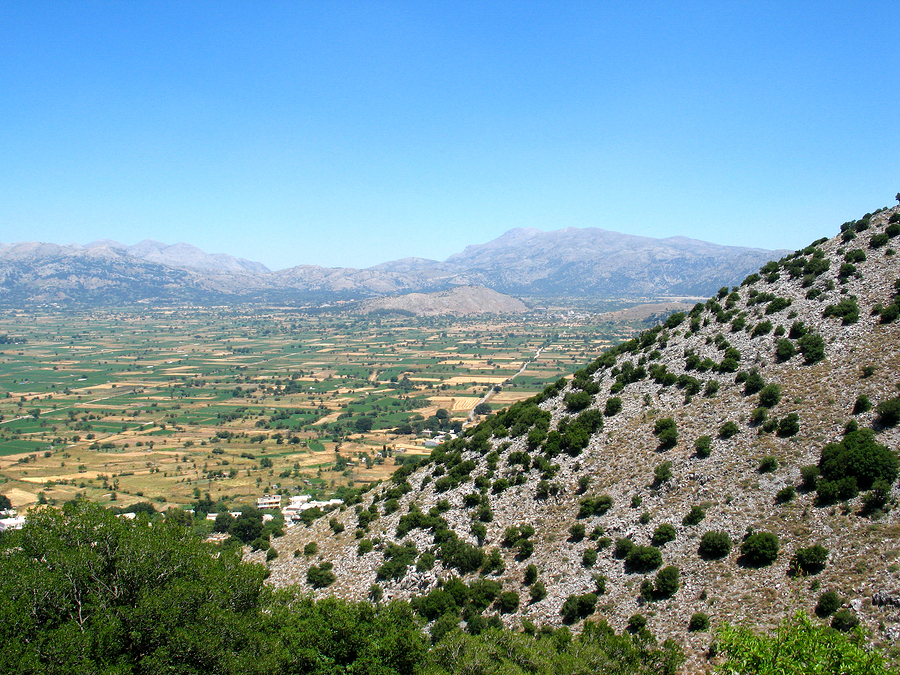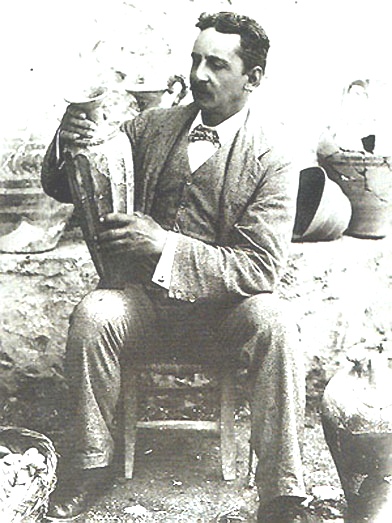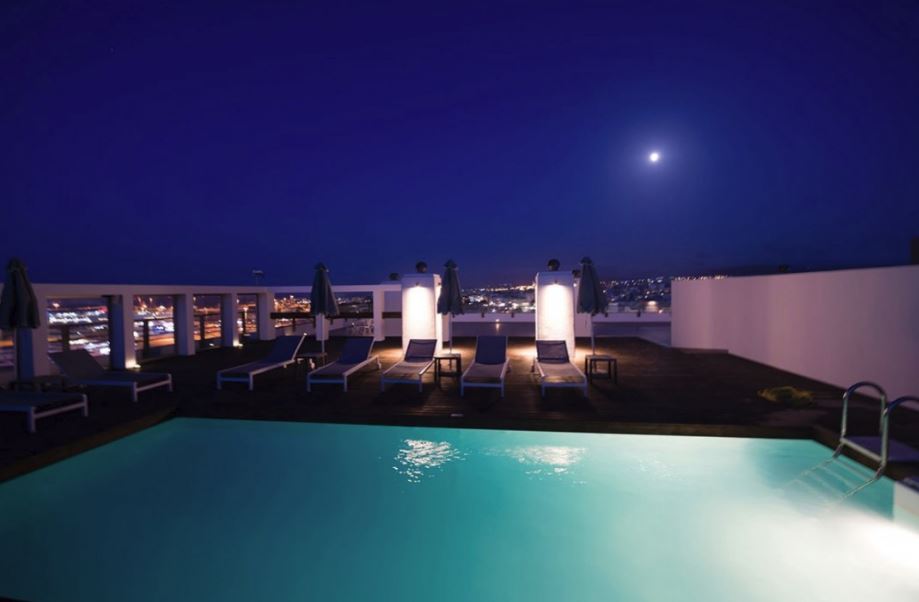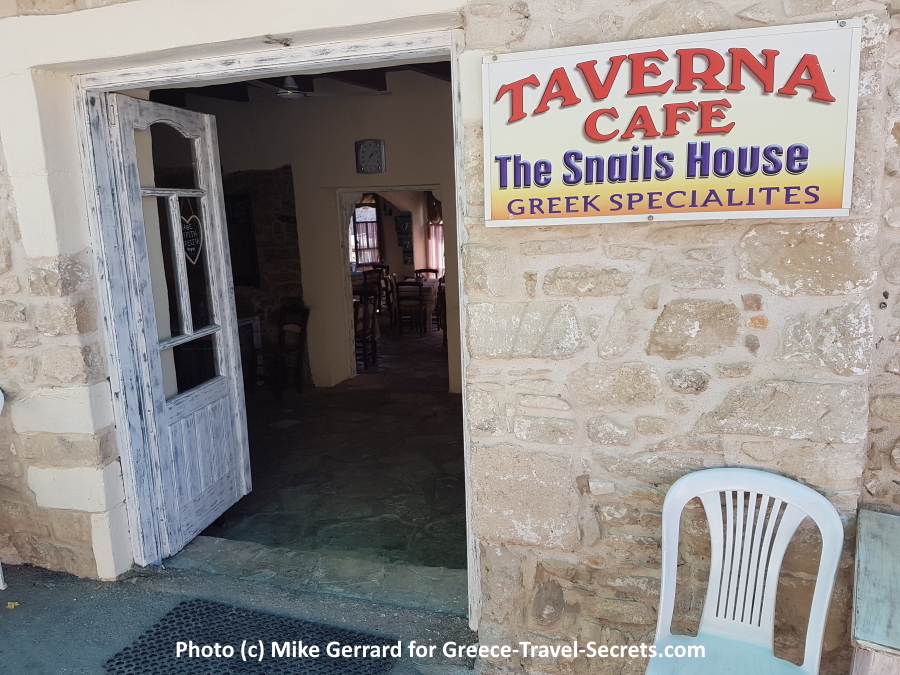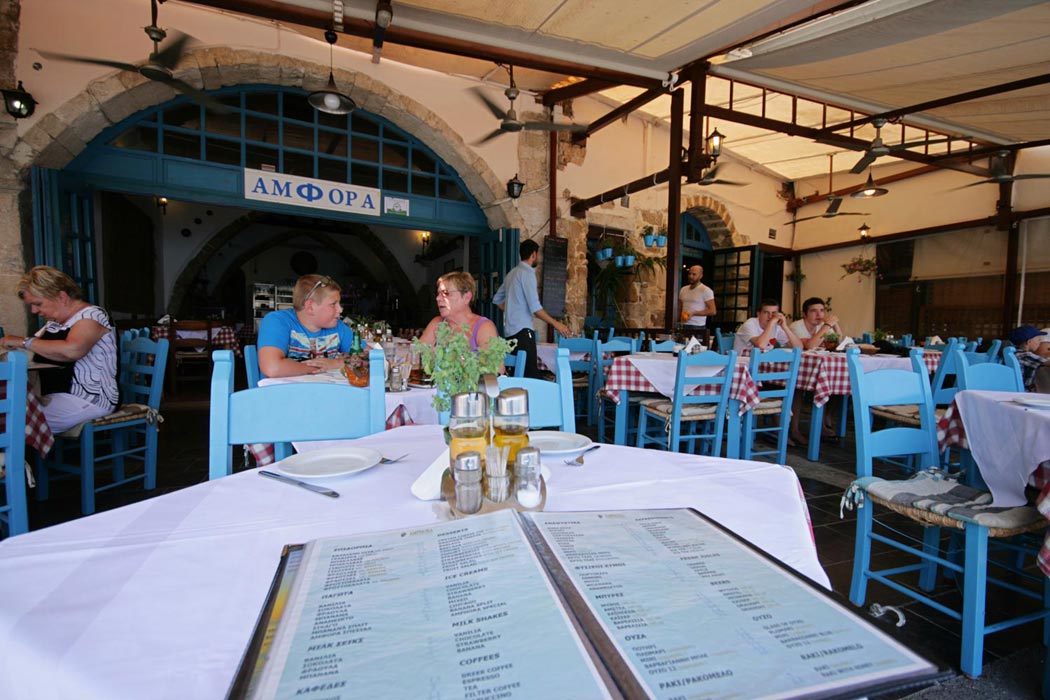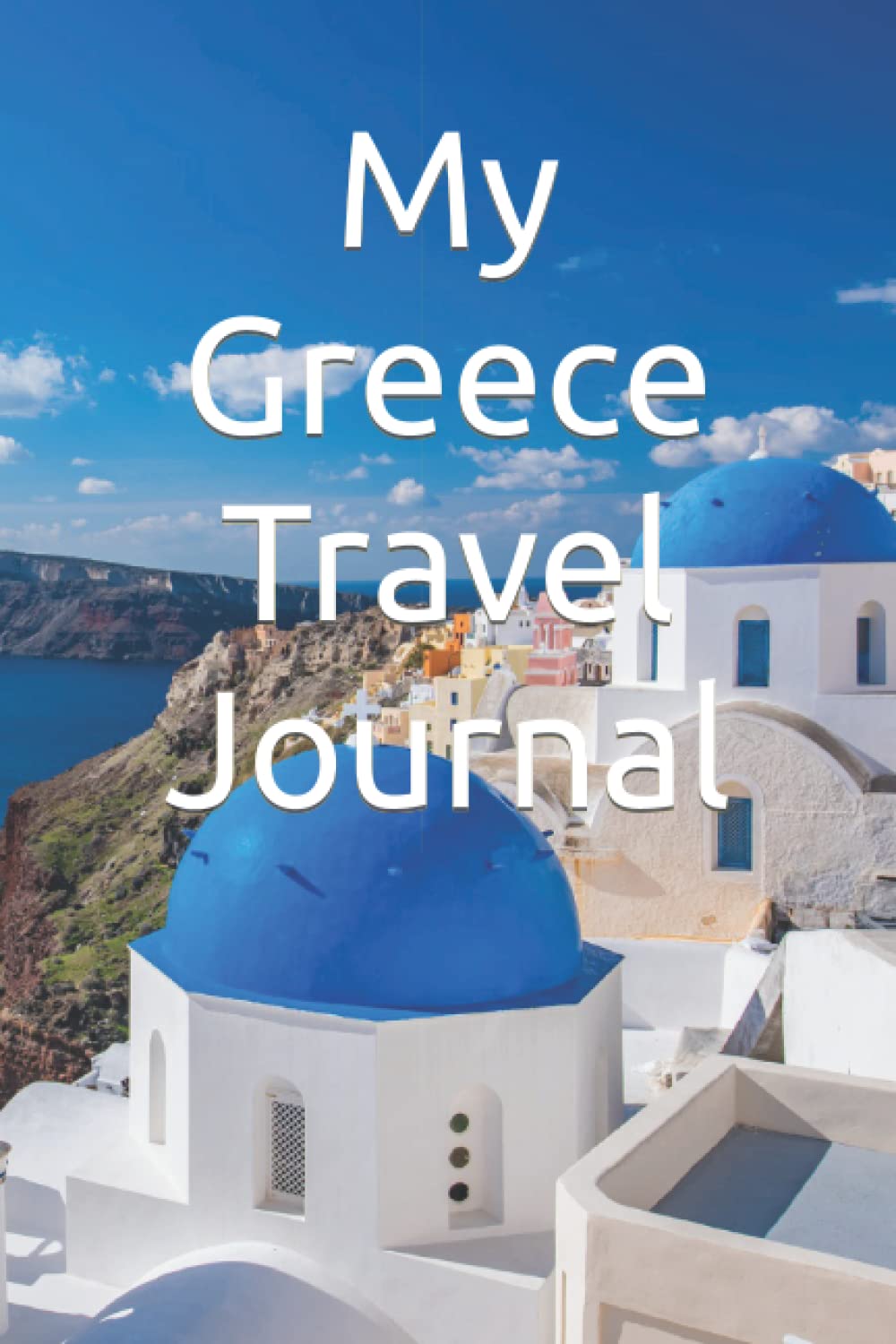Life as a Minoan
What was daily life as a Minoan like on Crete, living in palaces like the ones at Knossos, Malia, Phaistos, and Zakros, and what were their religious beliefs?
Greece may be the birthplace of the Olympic Games, but long before the first torch was carried through a stadium in classical times, Cretan athletes awed the crowds by turning somersaults over the horns of charging bulls.
Europe’s First Civilisation
Crete was the home of Europe’s first civilisation, which flourished here from around 3000 BC until 1100 BC. Amazingly, it lay hidden until, the 20th century, when the English archaeologist Sir Arthur Evans began excavating Knossos.
He called this ancient race the Minoans, after the mythical Greek King Minos. It seems, however, that Minos was a title, not a personal name, rather like the Egyptian Pharoah, and at least 22 rulers bore this name.
These priest-kings built impressive palaces – Knossos, Phaistos, Malia, and Zakros are the largest discovered to date – where they presided over a rich, artistic culture that was highly ritualistic
Bull-Leaping
The Minoans loved games and athletic contests. Bull-leaping satisfied both their appetite for sport and their religious obligation. The athletes would grab a charging bull by the horns, somersault over its back, and land on their feet with arms raised in victory. Both men and women took part in these dramatic feats, which required great courage, agility, and skill.
Impossible? Spanish bullfighters claim that it is, and some scholars believe that the bull-leaping scenes featured in Minoan frescoes may be only symbolic. Indeed, bulls had a strong religious significance in Minoan society. They represented virility and were depicted on vases and in figurines, , and enormous sculpted ‘horns of consecration’ adorned the palace walls.
Ceremonial drinking vessels called rhytons were carved in the shape of a bull’s head. In sacrificial rites thought to be connected to agricultural cycles, a bull was captured and bound, its throat cut, and its blood drained into these sacred cups. This ritual honoured the bull and connected the Minoans to its divine life force.
Bull-leaping, whether or not it actually occurred, may have symbolised the triumph of man over the unpredictable forces of nature.
The Minoan Ages
Chronologically, archaeologists break down the Minoan civilisation into four main periods:
Pre-Palace Period (2600-1900 BC). Bronze Age culture develops on Crete.
Old Palace Period (1900-1700 BC). First Minoan palaces are built but are destroyed by earthquakes.
New Palace Period (1700-1450 BC). Grand new palaces are built and the civilisation reaches its height before a great catastrophe, possibly a tsunami, destroyed all the palaces simultaneously.
Post Palace Period (1450-1100 BC). After the destruction, Minoan civilisation declines as the Mycenaeans move in.
Daily Life as a Minoan
Much of what we know about the Minoans has been gleaned from their beautiful artworks. Impressive frescoes once decorated the walls of the palaces showing, people, animals, and scenes of daily life as a Minoan.
The paintings, incorporating movement and sensuality, were skilfully executed in vibrant colours made from plants, minerals, and shellfish. The artists painted women’s skin white and men’s red. We therefore know from the frescoes that women played an important role in society.
Exquisite sculptures, pottery, mosaics, and decorative arts suggest that the Minoans lived an ancient version of the ‘good life’. Their palace homes had roof terraces, light wells, baths, and sophisticated plumbing systems. They were well fed, with huge granaries and giant vessels, called pithoi, to store wine and olive oil.
The Minoans were also great seafarers, trading their agricultural produce far and wide to acquire copper and tin to make bronze, and gold, silver and precious stones to make jewellery and works of art.
One of the most curious facts about their palaces is that they were built without fortifications, suggesting the Minoans lived peacefully and did not fear enemies. At their height, the Minoans are thought to have numbered over two million people, a figure four times greater than the population of Crete today!
The Double Axe
The double axe was also a dual symbol, representing both the waxing and the waning of the moon and the religious and political power of the priest-king.
Catastrophic Ending
This great civilisation came to a sudden end around 1450 BC when some unknown catastrophe occurred that destroyed all the palaces at the same time. Many scholars believe that the volcanic eruption on the nearby island of Santorini created a deluge of tidal waves, earthquakes, and fires on Crete, which could explain the charred remains found at some of the palaces.
Others favour theories of outside invaders, such as the Mycenaeans, or an internal rebellion against the palace rulers. Whatever the cause, within about 200 years the Minoans had all but disappeared, though the reason may always remain a mystery.
The Snake Goddess
Another potent Minoan religious figure was that of the Snake Goddess, a woman holding a snake in each hand. Her bare breasts symbolised fertility while the snake, which sheds its skin, symbolises healing and rebirth.
The Legend of the Minotaur
Poseidon, god of the sea, sent King Minos a white bull, but when he later requested that it be sacrificed, Minos could not bring himself to kill the beautiful animal. In revenge, the angry god caused the king’s wife, Pasiphae, to fall in love with the bull and their mating produced the Minotaur, a hideous creature with a bull’s head and a man’s body.
Minos kept the monster in a labyrinth beneath the palace, and every nine years fourteen youths were shipped from Athens and fed to the Minotaur.
When Theseus, son of the king of Athens, heard of this he vowed to stop the slaughter. Volunteering to be one of the victims, he entered the palace and then seduced Minos’s daughter, Ariadne, who gave him a sword and a ball of thread to enable him to find the bull, kill it, and then retrace his way out of the labyrinth.
Latest Posts
-
May 1: Greece Labor Day Strikes to Halt Public Transport, Ferries
Transportation and travel in Greece will be disrupted on Wednesday, May 1, as public transport and ferry employees have announced their participation in strike mobilizations to mark May Day. According… -
Study: Athens Among Best Cities for Family Science Trips
Athens is ranked as one of the top European cities for family science trips, according to a report by Ubuy, a global e-commerce platform. Ubuy’s new report reveals Europe’s top 20 cities where familie… -
Technopolis: New 3-day Beer Festival Coming to Athens in May
A new beer festival is coming to Athens and for three days will quench the thirst of beer lovers with well-known and rare labels from around the world as well as from Greek microbreweries. Lager? Pils… -
5 Reasons to Spend Easter in Meteora
Renowned for its spectacular “hanging” monasteries and reverent atmosphere, Meteora is the perfect place to spend Greek Easter. -
Easter Cookies from Smyrna, a 100-Year-Old Recipe
Discover the secret to making the most delicious Easter koulourakia (cookies) from Smyrna, passed down through five generations. -
3 Must-Visit Islands for Greek Easter
Boasting spectacular landscapes and unique local traditions, the islands of Lesvos, Ikaria and Andros are ideal vacation destinations for Greek Easter. -
Greece Launches Contactless ‘Tap & Pay’ System on Athens Airport Express Buses
The Greek Transport Ministry on Wednesday launched a pilot ‘Tap & Pay’ contactless payment system for passengers traveling on the express bus lines in Athens that connect to Athens International Airpo… -
Acropolis Museum Exhibition: The Parthenon and Byron
On the occasion of 200 years since Lord Byron’s death, the Acropolis Museum in Athens is honoring his memory with a symbolic exhibition related to Lord Elgin’s taking of the Parthenon sculptures. -
Greece Bans Sunbeds, Umbrellas, Bars on 198 Beaches
Sunbeds, umbrellas, and all sorts of constructions have been banned on 198 beaches across Greece according to a joint ministerial decision signed this week by Economy & Finance Minister Kostis Hatzida… -
Greece’s 10 Highest Mountains
From myth-laden peaks to rugged alpine trails, we explore ten of Greece's highest mountains, where untamed beauty and boundless adventure meet.





